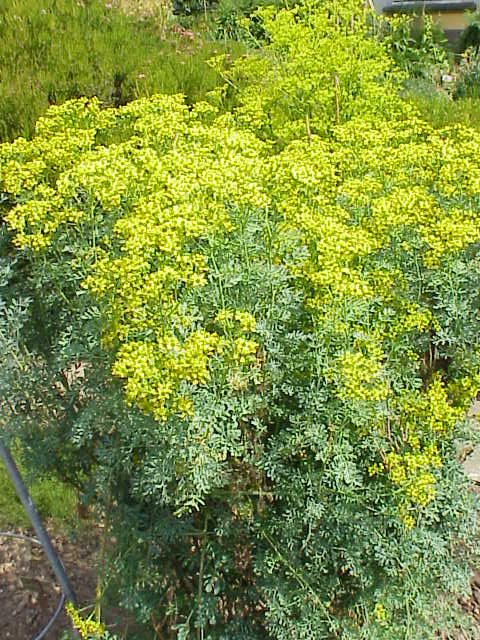As any avid gardener
knows, horticultural therapy occurs naturally in the garden. The goal of a professional
horticultural therapist is to bring these restorative effects to individuals
with physical, emotional, mental, or cognitive challenges. Horticultural
therapy takes place in schools, vocational and rehabilitation centers, prisons,
assisted living and memory care units, and in mental health facilities. Some
horticultural therapists provide in-home services. The approaches to
horticultural therapy are as varied as the venues in which it is practiced. Sites
may have greenhouses and extensive gardens--some of which might be enabling
gardens designed for wheelchair access. Opportunities abound for physical
rehabilitation, vocational training, and mental health recovery. In sites lacking
such amenities, horticultural therapy sessions may involve potting up herbs,
pressing flowers, making potpourris, or propagating plants.

Horticultural therapy
activities are designed to meet the treatment goals and objectives of
participants. When working with adults with dementia, for example, a session
working with pressed flowers might include the short-term objectives of
following simple sequential directions, using fine motor skills, and increasing
a client’s social interaction. Participation in such an activity may alleviate
depression or help a new resident deal with the anxiety associated with a transition
into assisted living. Working with this population I have observed the calming
effects of horticultural therapy upon anxious or oppositional residents. One
resident was transfixed with the aroma of mint and begged for additional
cuttings, which she promptly stuffed into her purse and kept there for weeks. Horticultural
therapists in a mental health center made the surprising discovery that their
young male clients—in particular—found solace in building fairy gardens,
imaginative miniature gardens constructed primarily of natural objects. The scale
of fairy gardens provides these young men with positive metaphors in a small world
they control as they journey toward recovery from mental illness. For some
people struggling with mental illness, when other approaches fail, nature may
offer an invitation for therapeutic engagement.
A professional registered horticultural therapist (HTR) has completed a minimum of a Bachelor of Science and coursework in psychology, horticulture, and horticultural therapy management. They also have completed an internship under the supervision of an HTR. HTRs can be looked upon as valuable resources with whom to collarborate on assessment, treatment plans, and activities to enhance the caregiving experience. For more information about horticultural therapy, visit the American Horticultural Therapy Association (AHTA; http://ahta.org/about); for feel free to email me.
A professional registered horticultural therapist (HTR) has completed a minimum of a Bachelor of Science and coursework in psychology, horticulture, and horticultural therapy management. They also have completed an internship under the supervision of an HTR. HTRs can be looked upon as valuable resources with whom to collarborate on assessment, treatment plans, and activities to enhance the caregiving experience. For more information about horticultural therapy, visit the American Horticultural Therapy Association (AHTA; http://ahta.org/about); for feel free to email me.

